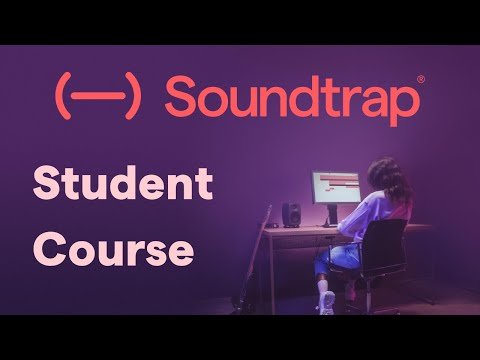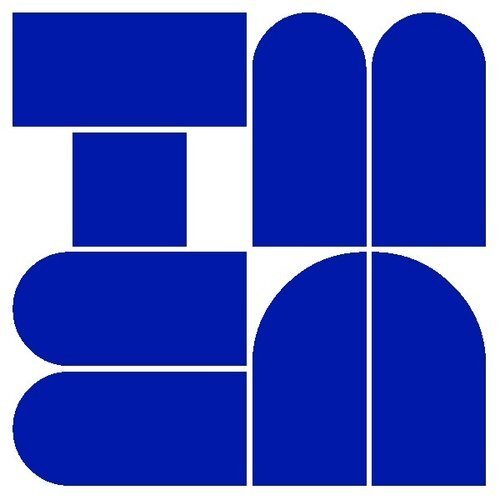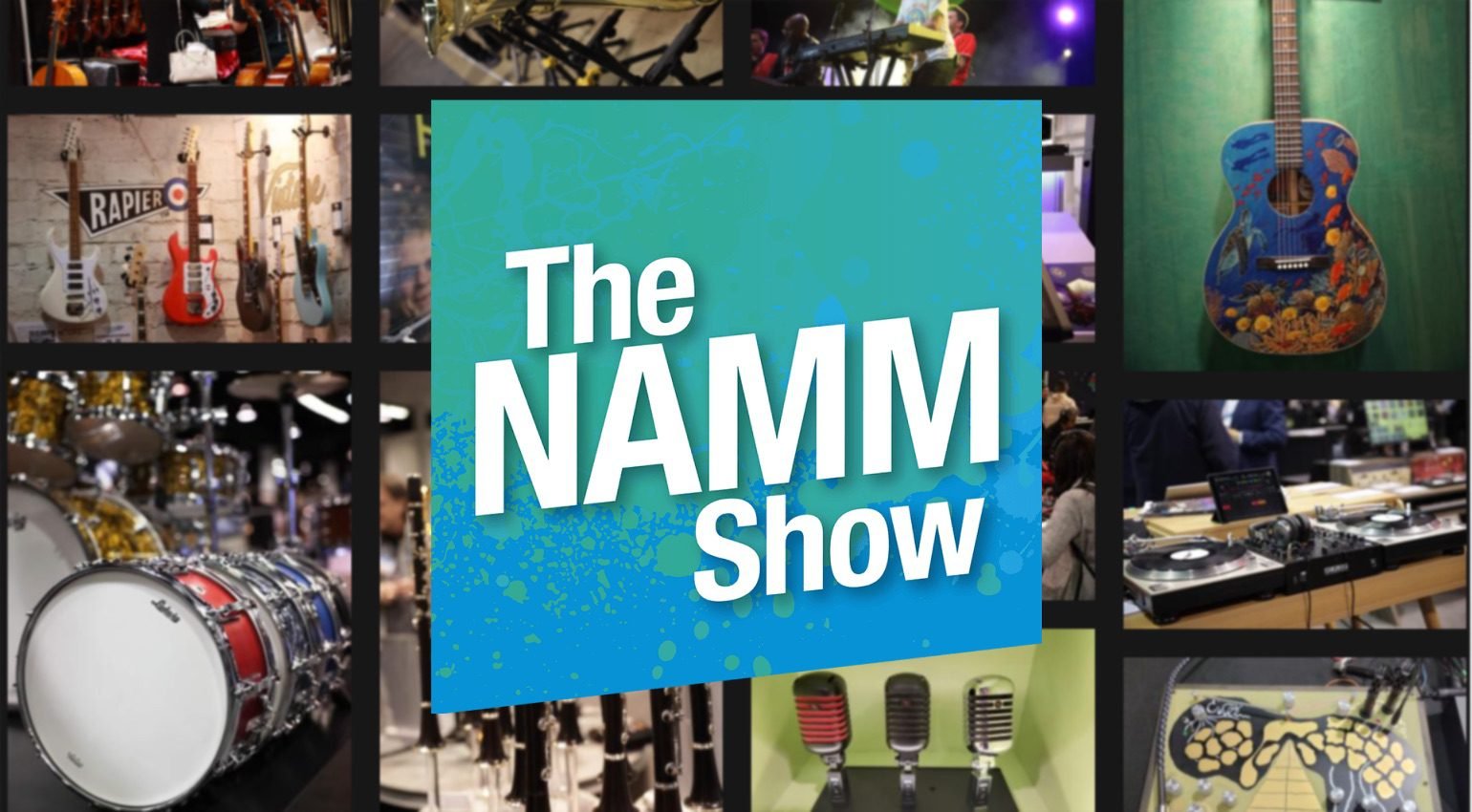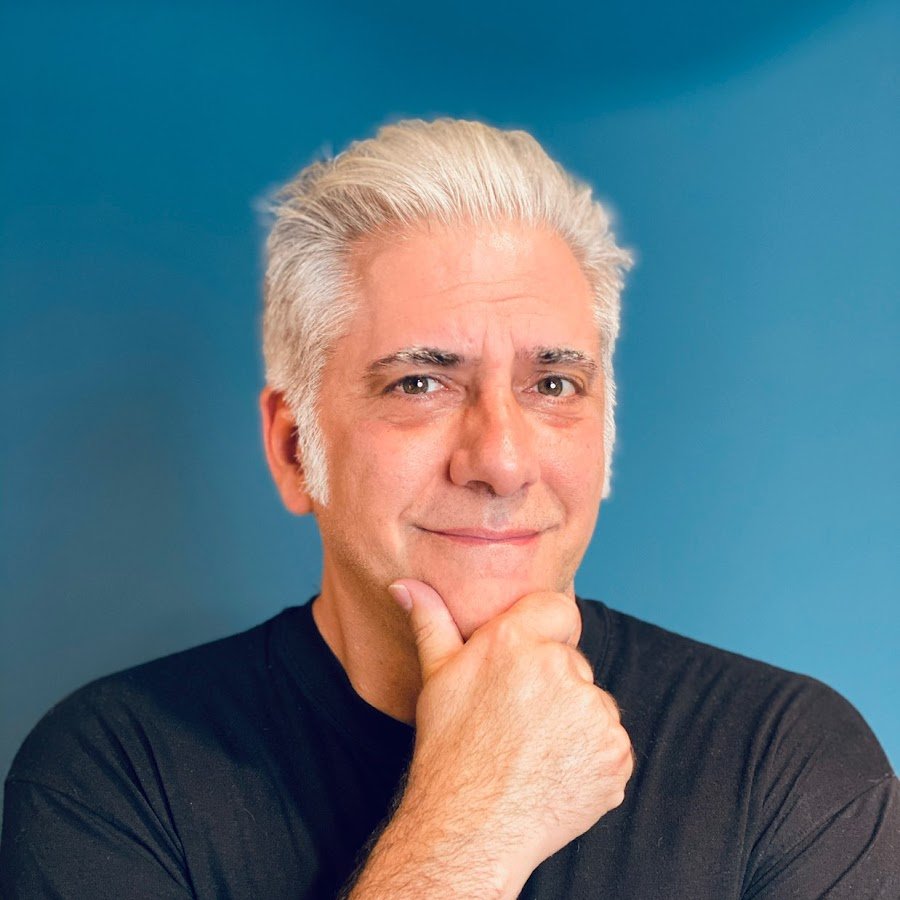
Lesson Plan: Harmonizing J.S. Bach with a Google Doodle
In this lesson, students will:
Learn about J.S. Bach.
Watch video and respond to a performance by Yo Yo Ma.
Create a melody using Google doodle, then allow Google's A.I. feature to harmonize it.
Download the MIDI file of the harmonization.
Open the MIDI file in Flat and edit/add to it.

Resource: Soundtrap Student Course
If you use Soundtrap for Education with your students, there is an AMAZING resource that was created by the folks at Soundtrap called the Soundtrap Student Course. This collection of 23 engaging videos will get your students up to speed on every aspect of this incredible online digital audio workstation. You might also enjoy it yourself - especially if you are new to the software. That said, there is a Soundtrap for Education Certified Educator Course that consists of 76 videos that you can get certified from upon successfully passing the test at the end of the series. You can use this series of videos as a self-paced, learner led exploration, or you can incorporate it into your teaching. However you are using Soundtrap for Education with your students, this course is MUST SEE TV.

AI Tool: MelodyStudio
I was speaking with my new friend Sean Longstreet this morning, and he told me about an incredible AI tool called MelodyStudio - an amazing platform for songwriters and creators that uses a powerful AI-tool to help you create melodies for lyrics that you’ve written, as well as many other pretty cool functions. I decided to give it a try, signed up for a free preview account, and types in lyrics to a song that I wrote in college to see what would happen. I am pretty impressed. Before diving in, check out this video that provides a comprehensive overview of the product.

Five Ways to use Flat for Education in your Music Program
Last night I had the pleasure of co-hosting a webinar with Mason Hilligoss from Flat for Education where we highlighted five different ways to integrate Flat for Education into any K-12 music program. The webinar was streamed on a variety of different platforms and was attended by hundreds of music educators. To watch the webinar, click the video below.

TMEA Recap
This week I was in San Antonio, Texas for the annual TMEA Conference. I have coming here since 1997 and it is probably the highlight of the annual conference season. Pretty much ALL of my music technology family is here, as well as 25,000 other music educators and their students from around the state. This year, the MusicFirst booth was VERY busy - bustling with energy around our elementary offering, MusicFirst Elementary, our TIA Assessment solution, and the many amazing software programs that are available for performance ensembles, music theory, general music, composition, mariachi, and more. It was a GREAT show for us.

Review: The Greatest Night in Pop
I know that this is a music technology blog and that I don’t usually do reviews, but I recently had the pleasure of watching an amazing documentary on Netflix titled The Greatest Night in Pop and I LOVED it. The documentary captures one incredible night in January of 1985 when dozens of the 80’s biggest music stars gathered late at night in Los Angeles after the AMA Awards Show to record We Are The World - a song that benefited people in Ethiopia who were experiencing a terrible famine at the time. What I loved most about the documentary, and the reason I felt that I needed to share the review here on this blog, is that the focus of the film is the process of writing and recording one song. It is simply wonderful and as someone who was 15 years old at the time, I vividly remember when it was released. Here is the official trailer:
Five Reasons You Should Use PracticeFirst With Your Ensembles
PracticeFirst, powered by the amazing assessment algorithm created by MatchMySound, is a music learning application that gives teachers and students the tools that they need to improve their performance skills. It is perfect for ANY performance ensemble: band, chorus, orchestra, modern band, jazz ensemble, Mariachi, and more. PracticeFirst uses AI to provide immediate and intuitive practice feedback, assessing rhythm, pitch, intonation, and duration. The assessment rigor can be easily adjusted from "Easy" to "Hard," so that you're challenged but never frustrated. At MusicFirst we are often asked how PracticeFirst compares to another performance assessment product. The following 5 reasons should provide you with all you need to consider adopting PracticeFirst into your music program:

Resource: Audio Test Kitchen
In preparation for my Music Tech class at Montclair State University on microphones, mixers and live sound, I came across an absolutely INCREDIBLE website called Audio Test Kitchen that allows you to hear how hundreds of microphones sound when used in a recording. WOW. This free website is a MUST for anyone thinking of purchasing a microphone and for anyone who teaches the basics of recording and microphones. Almost every brand and model of microphone is represented and the ability to hear them all side by side is a HUGE advantage when you’re thinking of purchasing a microphone for a specific situation. Here’s how it works…

Tool: SynthCu.be
Sometimes you find a site that is music technology oriented and you say out loud “Now this is fun!”. Meet SynthCu.be! This FREE online music making tool is a lot more game-like than a functional synth, but it a LOT of fun. Based on the Rubik’s Cube, the 6 sides of the cube have 9 “spots” per side. Each spot is a different color and each color is a different synth sound. While the object is to “solve” the Rubik’s Cube-style puzzle, by clicking on each side and rotating it until all of the colors on each side “match” much like you would with a real Rubik’s Cube, you get to make music along the way.

CASMEC 2024 Recap
This week I was out in Sacramento, California on behalf of MusicFirst at the 2024 CASMEC Conference. I have been to past events quite a few times and always love interacting with music teachers, customers, and friends while I’m here. This year I presented a session titled Tech for the Over-Scheduled Music Educator, and had the opportunity to hang out in the MusicFirst booth with my good friends and colleagues, Matt Ferry and Paul Flecther, Founder and CEO of Charanga Music - the company behind MusicFirst Elementary. Previously CASMEC was held in Fresno, so the change of location and the palpable energy in the exhibit hall (thanks to the folks at West Music handing out free recorders to hundreds of students who were participating in various All State Ensembles) made for a great (albeit noisy) show.

Tool: Guitar App
I recently came across a terrific site for guitar players called GuitarApp. The company behind the app is based in Dublin and they have created a collection of wonderful FREE tools to help teachers and students not only learn the guitar, but become more engaged while doing so.

Tool: Roland 50 Studio
As part of my preparation for class on teaching synthesis, I came across a website that I completely forgot about. The Roland 50 Studio site is an amazing FREE site that includes some of the most iconic Roland instruments in celebration of their 50th Anniversary in 2022. A few years ago, this site started out in 2020 as a way to play the virtual versions of the Roland TR-808 Drum Machine and the TB-303 bass synth. It was created by Yuri Suzuki and Roland engineers. For the 50th Anniversary, they added the SH-101 (a synth), SP-404 (a sampler), the TR-606, TR-707 and TR-909 (drum machines) - all for free. If you are not familiar with these Roland products from the 1980’s, they really were innovative and wildly popular. I personally owned the TR-505 - I wish it was included! Here is a short video that provides an overview of the site:

Resource: How Synthesis Works
This week in my class at Montclair State University, I will be teaching my students the Basics of Music Synthesis - one of my all-time favorite topics. Back in 1984, my Mom bought me my very first synthesizer - a Roland Juno-106. The salesperson at Sam Ash also had her buy me an amazing set of books by Roland simply called “The Synthesizer”. I read them cover to cover. I didn’t necessarily understand what I was reading but I knew one thing - I wanted to know much, much more. I have had many synthesizers since then and I love the science behind how they make sound. I put together a LONG list of resources for my class tonight, and I thought I would share them with you.

NAMM/SCSBOA Wrap Up
This week I am in Anaheim California attending both the NAMM Show and the SCSBOA Conference (Southern California School Band & Orchestra Association) on behalf of MusicFirst. You don’t have to twist my arm very hard to convince me to spend a few days in January out here in beautiful SoCal. I have been coming out to the NAMM Show for years and this is the first show since before Covid that feels like the old days. Lots of musical instrument manufacturers are back and its good to know that my friend John Mlynczak, the new President and CEO of NAMM, is at the helm. NAMM is a great place to see the latest products from music companies from around the world, but the best part is meeting up with the many friends I have made over the years in this industry, including my dear friends Barbara Freedman, Jenny Amaya, Mike Lawson, Shawna Longo, Dr. Tim Lautzenheiser, Marcia Neel, David Smolover, Steven Raft, and many, many more.

Resource: Rick Beato - What Makes This Song Great?
I am out in Anaheim California this week for the NAMM Show and the SCSBOA Conference. While sitting in a Starbucks yesterday morning I noticed one of my all-time favorite YouTube personalities walk in - Rick Beato. If you don’t already know Rick, he is an incredible musician who makes all types of YouTube videos that focus on music, including interviews, tutorials, and more. My favorite series of videos though is his What Makes This Song Great? series. In the series, Rick breaks down some of rock and roll’s greatest hits (115 of them) and really analyzes every aspect of the song - from the melody, to the harmony, to the rhythms and lyrics. These videos are REALLY good and Rick is a gifted educator. Here is the playlist that includes ALL of his WMIG videos:

Resource: How Sound Works
This past week, I taught a class on How Sound Works as a part of my teaching duties at Montclair State University. I am REALLY enjoying teaching undergraduate music students about music technology at my alma mater, and I have been spending an inordinate amount of time preparing for each class. My syllabus takes on the topic of How Sound Works, and I will admit that I learned a TON of new information in my preparation. I figured it might also be useful information for any music teacher who wants to teach their students about this fundamental topic.

Flat for Education & PracticeFirst - Perfect Together
At MusicFirst, we offer all of the best cloud-based software for music educators and their students, and one of my favorite things is when two companies work together to create an ideal solution for our customers. One such collaboration is the incredible integration between Flat for Education and PracticeFirst. Flat for Education is a wonderful notation solution for music teachers. Easy to use, lots of wonderful features, a large collection of worksheets, and even live collaboration. My personal favorite feature is one that they released a few years ago, and I’m not sure that everyone knows about it. It is a direct export feature that allows you to take any score that you are working on in Flat and export it directly to PracticeFirst - our world-class performance assessment software offering. It is amazing. Here is a video that illustrates how it works:

My 100th Podcast Episode!
I am one of those people who commits 100% when I decide to do something. When I was approached 5 years ago to create a podcast, I thought quite a bit before saying yes. I have seen SO many well-intentioned folks start podcasting and then give up a few episodes in. I TOTALLY get it. I’m just not that type of person. This morning, the 100th episode of my podcast titled Profiles in Teaching with Technology was released, and I thought that this would be a good time to reflect on the past 5 years, the MANY amazing educators I have interviewed, and the future of the podcast. I hope you’ll indulge me a little here.

Introducing Focus On Sound PRO
Focus On Sound is an amazing multimedia music encyclopedia to develop listening skills, theory, composing, and musical knowledge. It is included with all MusicFirst Classroom subscriptions. The software offers hundreds of lessons, which can be displayed in a special mode for use in a whole class setting. In addition, there are support materials available, such as a multimedia encyclopedia of instruments and terminology, which have been created by teachers for teachers. Up until now, if a teacher wanted to create their own content to supplement the offering, they would have to do so outside of the software - not very convenient. Focus On Sound PRO changes all that. Beginning next month. teachers will be able to upgrade their existing Focus On Sound accounts to the PRO version, for an additional $1 per user per year. I am so excited to finally get this in the hands of US music educators. Focus On Sound PRO has been widely in use in the UK for the past few years, and teachers LOVE it.

Resource: Music Will Homepage
I spent a lot of time with my good friend Dr. Bryan Powell this past weekend at the EMEA 2024 Conference. Bryan is the Chief Program Officer at Music Will - one of my favorite music education organizations (formerly Little Kids Rock). At the conference, Bryan presented some terrific sessions that highlighted the work that Music Will does in bringing the concept of Modern Band to schools across the world. I have always known about the amazing work that this organization does, but never really took a deep dive into the available resources on their homepage. What an amazing resource for teachers.